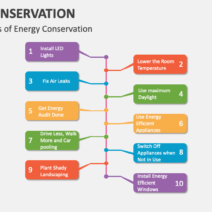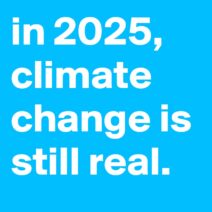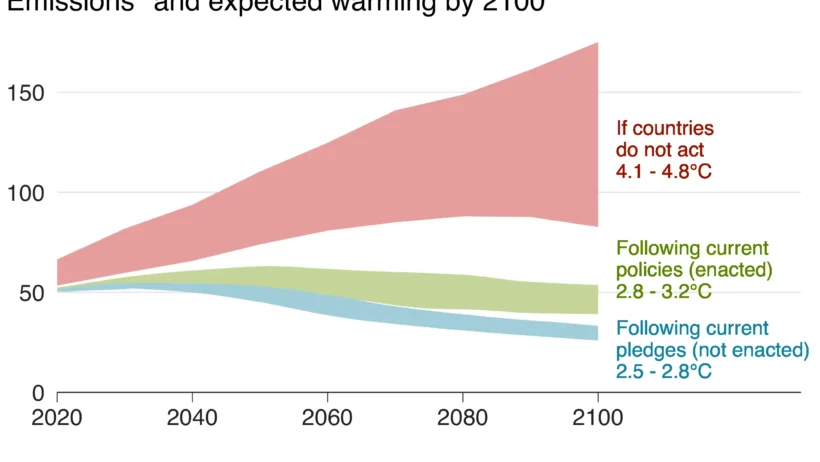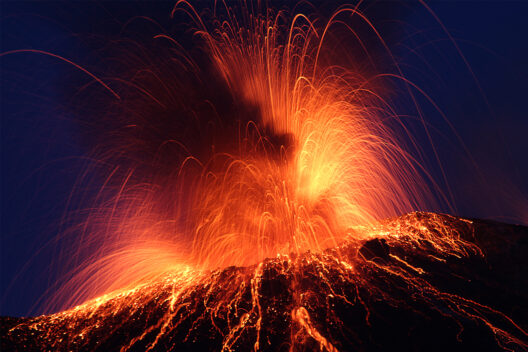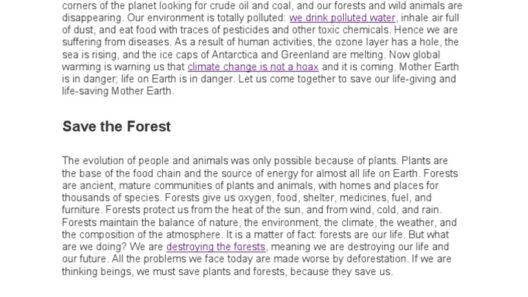Natural disasters are increasingly frequent and severe, with their escalation being a direct consequence of global warming. As the Earth’s temperature rises, the ensuing climatic shifts radically alter meteorological patterns, giving rise to a multiplicity of environmental crises. This phenomenon has far-reaching ramifications—spanning socioeconomic, ecological, and humanitarian spheres. This discourse aims to elucidate the various types of natural disasters exacerbated by climate change and to explore the myriad content readers can expect on this pressing issue.
To begin with, it is essential to delineate the types of natural disasters that are particularly sensitive to climatic changes. These include hurricanes, wildfires, floods, droughts, and heatwaves. Each of these events presents unique challenges and can unleash devastating impacts on communities, ecosystems, and economies.
Hurricanes, for instance, have shown an alarming trend of intensification. Warmer sea surface temperatures fuel the energy of these storms, enabling them to develop into more powerful systems capable of delivering catastrophic winds and torrential rain. Historical records indicate that not only are hurricanes becoming stronger, but they are also exhibiting greater precipitation rates, which can lead to unprecedented flooding. Coastal regions face heightened risks as storm surges become more severe, causing extensive damage to infrastructure and retreating coastlines.
Wildfires represent another nexus of concern, exacerbated by higher temperatures and prolonged drought scenarios. The combination of arid conditions and abundant vegetation creates a perfect tinderbox for ignition. Encroaching human development into forested areas only heightens the risk of catastrophic fire events. These wildfires emit vast quantities of carbon dioxide, further exacerbating the climate crisis while displacing wildlife and impacting air quality across extensive regions.
Additionally, flooding has become increasingly problematic, particularly in areas that experience heavy rainfall or storm surges. As the atmosphere warms, it can hold more moisture, leading to heavier storms. Urban areas, often designed for previous climatic norms, struggle with the volume of rain, resulting in inundation and considerable infrastructure damage. Meanwhile, low-lying areas face existential threats due to rising sea levels. The interplay between flooding and climate change reveals a retrospective cycle exacerbating the challenges faced by affected communities.
Droughts are equally alarming. As temperatures continue to rise, evaporation rates increase, leading to diminished soil moisture and water supplies. Agricultural sectors are particularly vulnerable, facing crop failures and livestock distress as water resources dwindle. Consequently, food insecurity becomes a pressing concern, illustrating the intricate link between climate dynamics and global food systems.
Moreover, the increase in heatwaves poses a grave risk to public health. Higher temperatures lead to heat-related illnesses and fatalities, disproportionately affecting vulnerable populations such as the elderly and those with pre-existing health conditions. Urban heat islands intensify these effects, as concrete and asphalt absorb and retain heat, creating zones of excessive warmth that can exacerbate chronic health issues.
These various natural disasters do not happen in isolation; rather, they are interconnected. For example, droughts can lead to wildfires, while heavy rains can result in flooding. Understanding this complex web of interactions is crucial for developing effective mitigation and adaptation strategies. It is not merely about responding to disasters as they occur; a proactive approach must be taken to address the root causes of climate change and its effects.
In combating the escalating crisis, readers can anticipate diverse content focusing on innovative solutions and strategic initiatives aimed at ameliorating the impacts of climate change. Topics may include technological advancements in disaster prediction and management, sustainable agricultural practices to counteract drought impacts, and urban planning techniques to enhance flood resilience.
One significant area of focus is the role of renewable energy. Transitioning from fossil fuels to renewable resources such as solar, wind, and hydroelectric power not only reduces greenhouse gas emissions but also lessens our dependence on finite resources. Such shifts can mitigate climate change, with the potential to disrupt the cycle of natural disasters fueled by anthropogenic factors.
Another vital content area is the promotion of conservation and land management practices. Sustainable forestry, responsible agricultural methods, and reforestation efforts can bolster ecosystems, allowing for better resilience against disasters. Community engagement in these endeavors is vital. Grassroots movements can galvanize public awareness and political action, serving as powerful catalysts for change.
Importantly, advocacy for policy reform also garners essential attention. Effective legislation can establish stringent carbon emission limits, incentivize renewable energy adoption, and promote investment in climate-resilient infrastructure. Thoughtful governance combined with a collective commitment from society and individuals can yield significant improvements in combating climate change and its impact on natural disasters.
In conclusion, the escalating crisis of natural disasters exacerbated by global warming necessitates an urgent reevaluation of our environmental policies and practices. As disparate forms of disasters intertwine, fostering resilience and adaptability becomes imperative for communities worldwide. From innovative technological solutions to grassroots activism, a multifaceted approach is essential for inverting the current trajectory of climate-related crises. The time to act is now—prioritizing the health of our planet and securing a safer future for generations to come.
